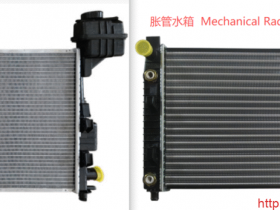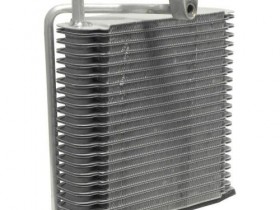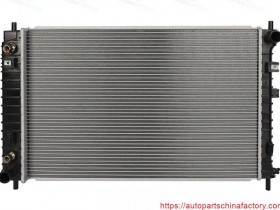The engine is the heart of a car, and the radiator is its "air conditioner." It is crucial for maintaining stable engine temperature. The mainstream radiator technologies currently on the market are mainly divided into two categories: the Mechanical Radiator and the Brazed Radiator. Brazed-Radiator-VS-Mechanical-Radiator What are the differences between these two types of radiators? Which one is better suited for your vehicle or your business needs? This article will provide an in-depth analysis from the perspectives of product attributes, performance, lifespan, and global trends. 🛠️ Product Attribute Comparison: Mechanical vs. Brazed AttributeMechanical RadiatorBrazed RadiatorAppearance/StructureConnected using a mechanical expansion process;...
 Radiator
Radiator









